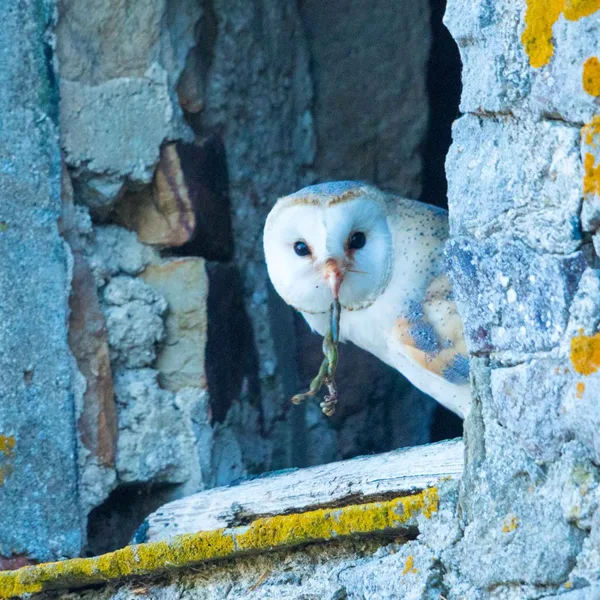Barn Owl
- Home
- Why We Do It
- Conservation
- Barn Owl
Key Facts
- Nest in boxes on tree, in buildings or holes in trees
- 4-7 eggs, 1 brood, May – June
| Scientific Name: | Tyto alba |
| Number in Britain: | 4,000-14,000 breeding pairs |
| Conservation Status: | |
| in UK | Green |
| in Europe | Least Concern |
| Globally | Least Concern |

Perhaps the prettiest owl we have but sadly it is also one of the most fragile in terms of food supply and ability to deal with bad weather.
Our owls are at about the limit in altitude for Barn owls to survive, and even here we are prone to losses during periods of poor food supply or snow cover shutting them off from their main food source rats, mice and voles.
We have boxes for our owls and they also utilise the odd old barn for nesting and roosting during the day.
There is no nest as such, the female simply lays the eggs, pure white, 4 up to 10 on the floor of the box or ledge in the barn. The young hatches at the intervals the eggs were laid. So in a large clutch, the oldest chick is much stronger than the youngest and as a result the smaller chicks often die.
Chick survival is linked to food supply and in one poor year for voles, we fed one brood by putting out dead mice. As a result, the pair reared five young. The only brood of that size in the whole county that the ringer knew of that year.
